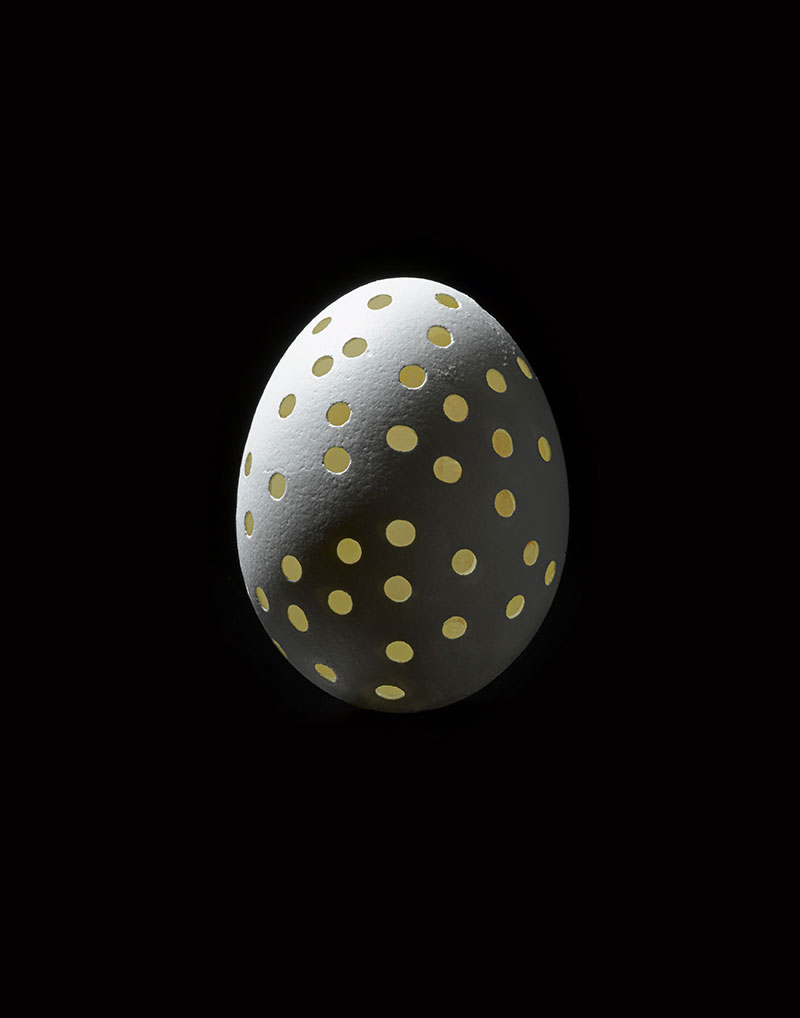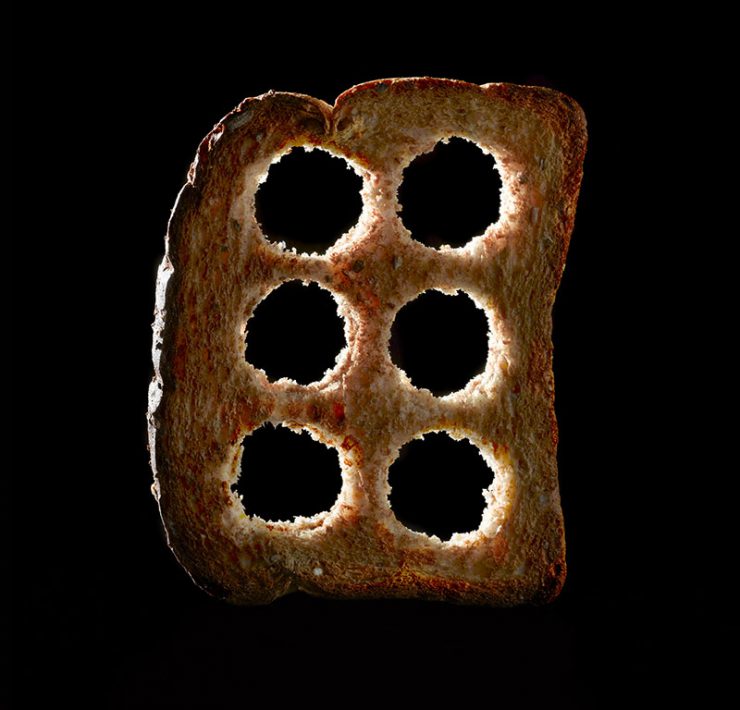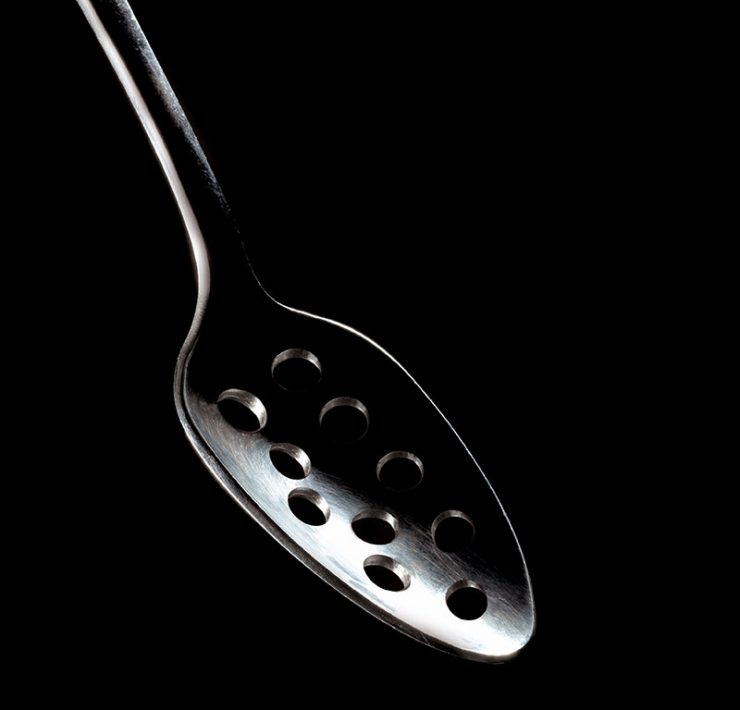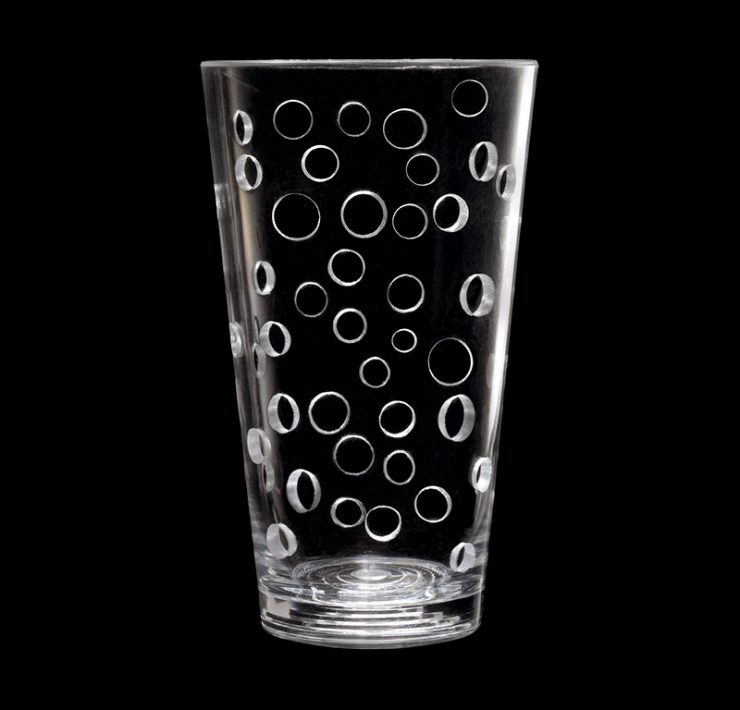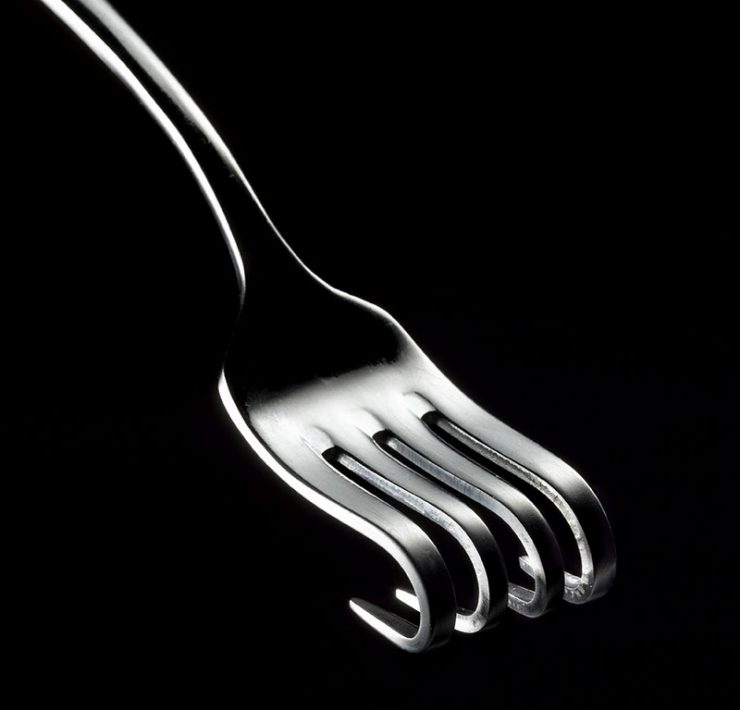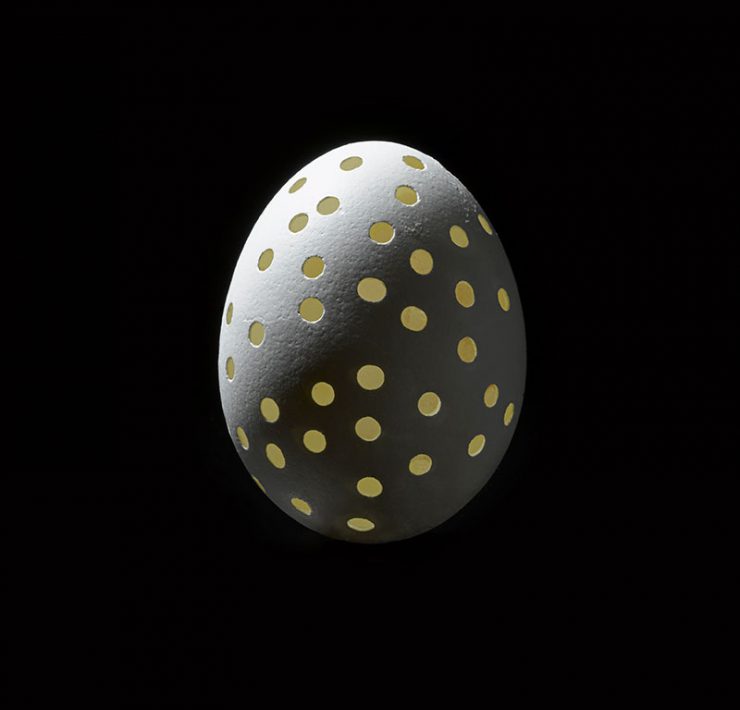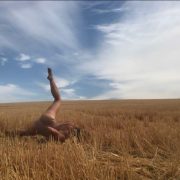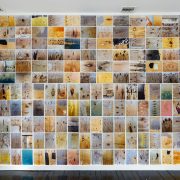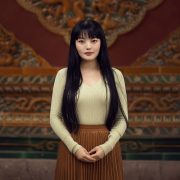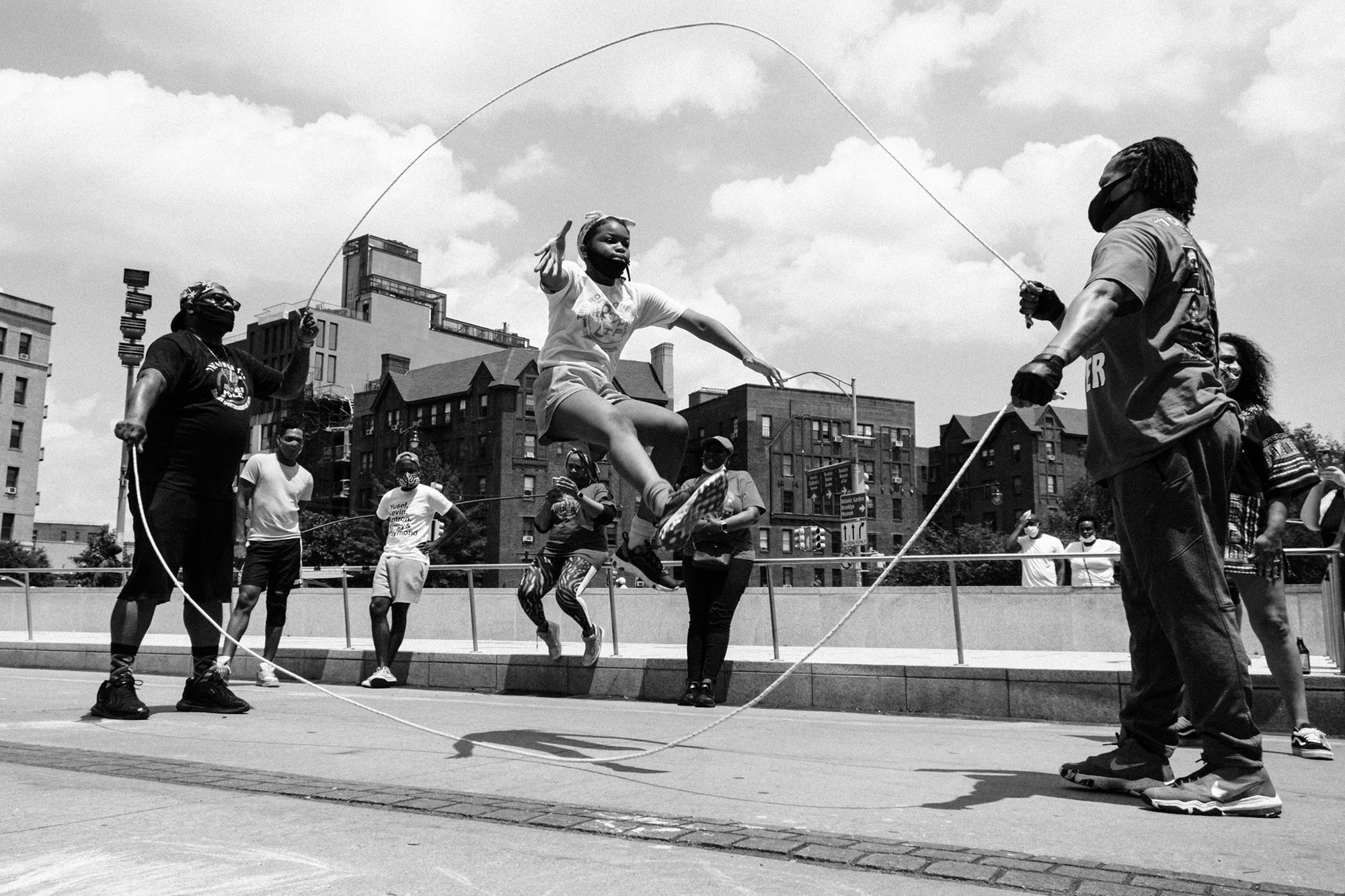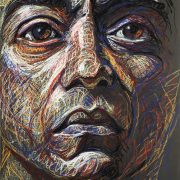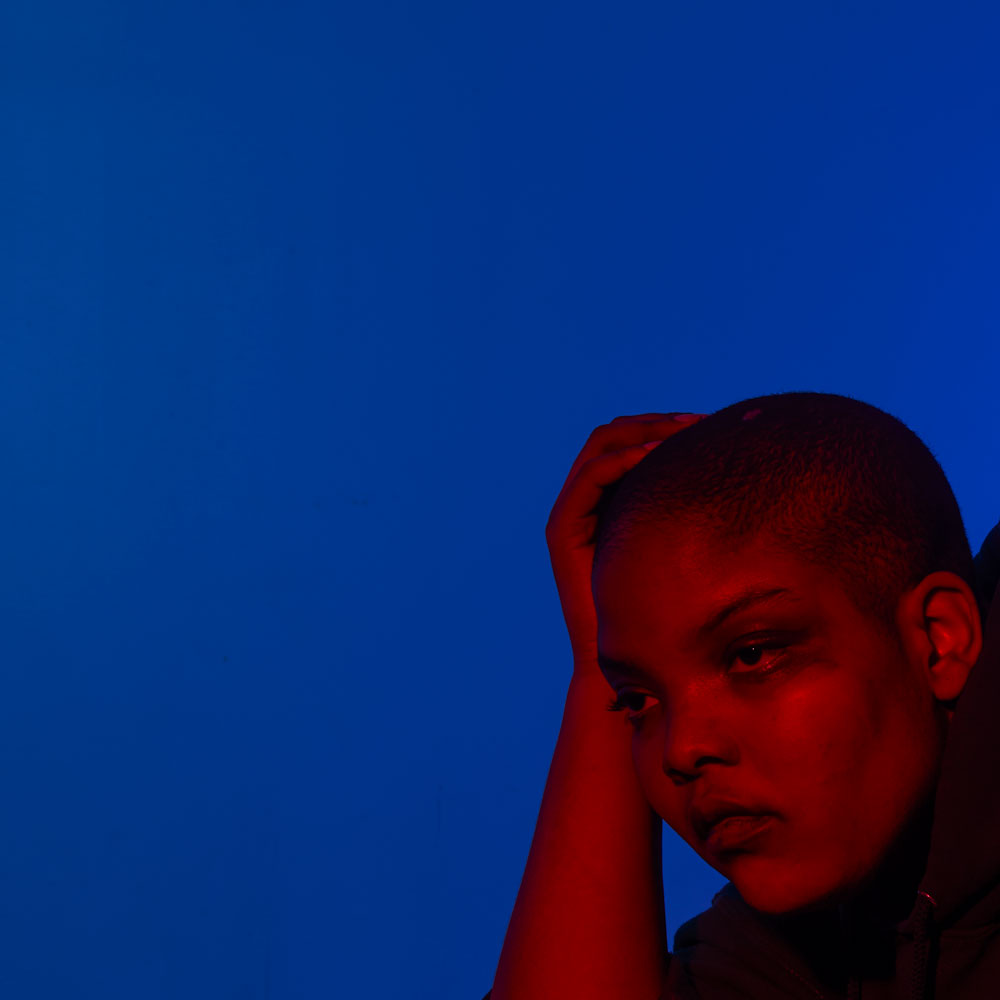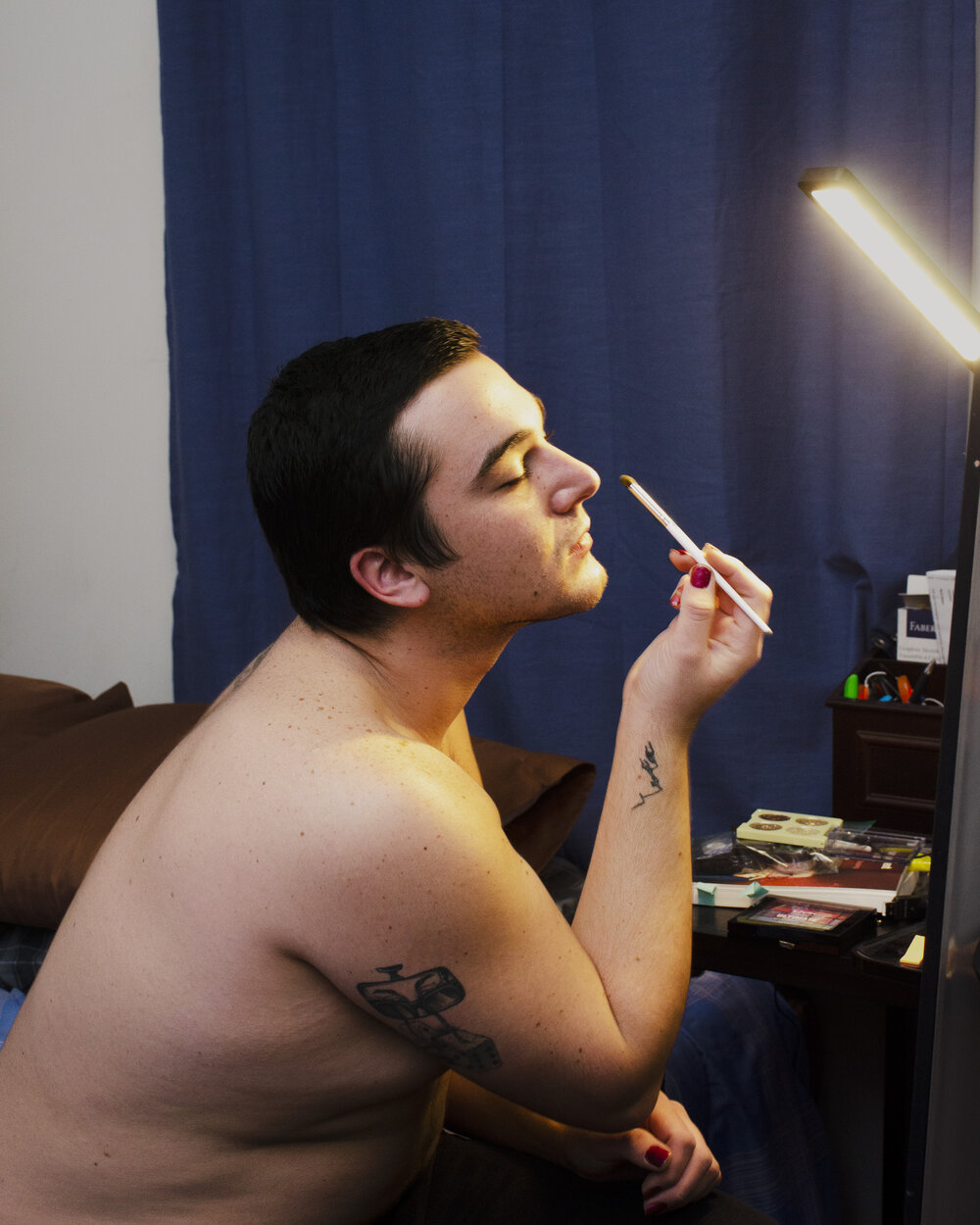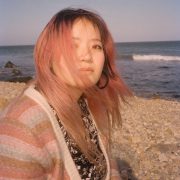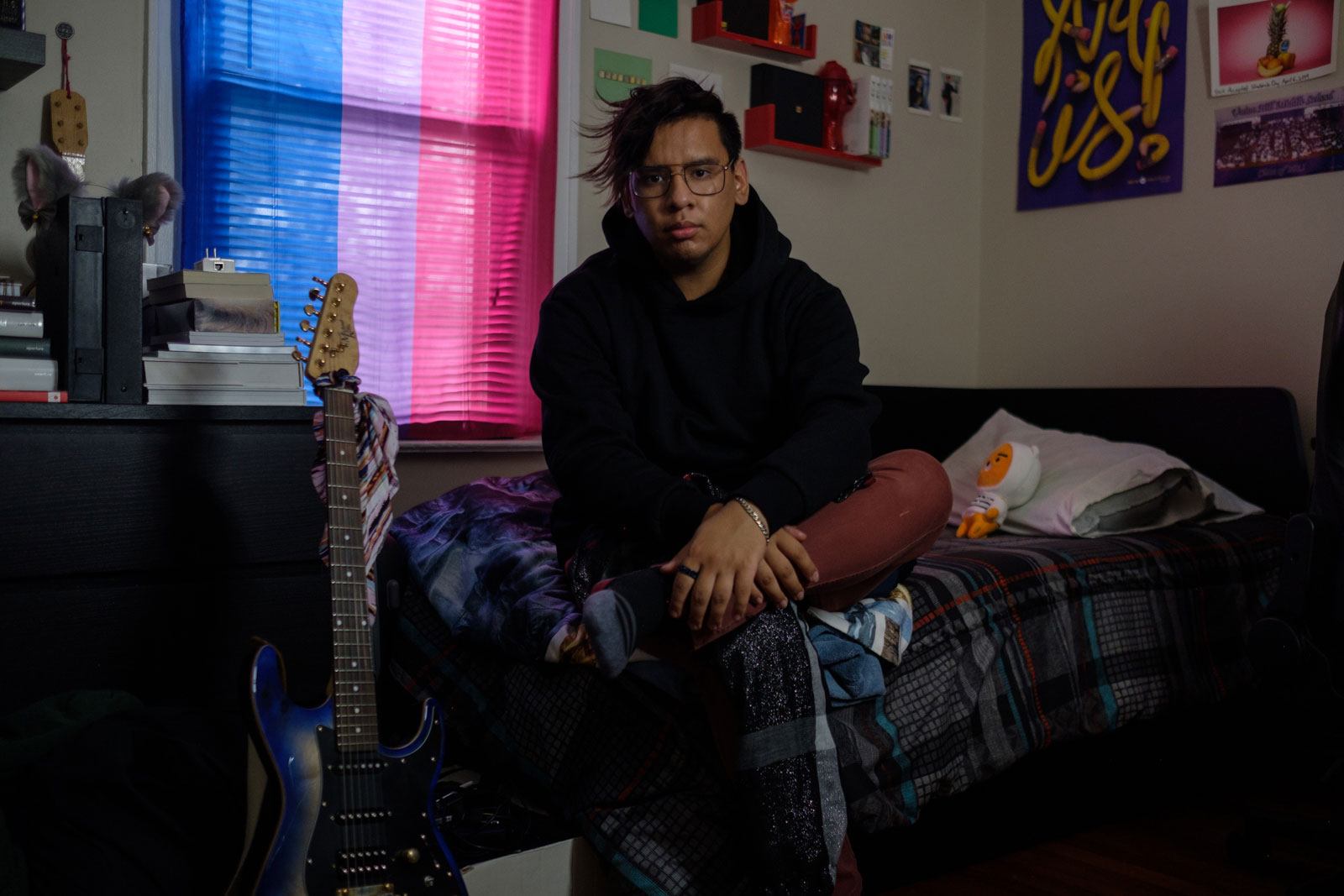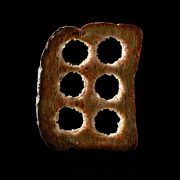
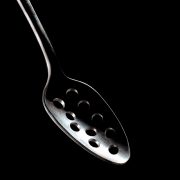
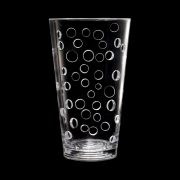
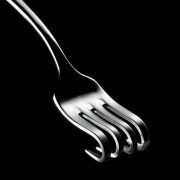 +1
+1 Stunning Still-Life Photographs Break the Silence Around Anorexia
Stunning Still-Life Photographs Break the Silence Around Anorexia
Stunning Still-Life Photographs Break the Silence Around Anorexia
Stunning Still-Life Photographs Break the Silence Around Anorexia
It is hard to talk about pain. To grasp its cause, make sense of it, and put it into perspective. When the ache is vast, its roots are deep and complex. How do we find the courage to acknowledge trauma in the first place, let alone heal? Massive questions, for a lifetime to explore. It’s interesting to ponder, considering that pain can be easily transmitted or transmuted.
I propose to you the premise that we interconnect in this thing called life. If we accept the theory, then we’re living together, not separately. Then, individual mental health influences planetary well-being. Even if you may not suffer from an imbalance yourself, at one point you have been affected by someone who does.
This idea is reflected in Massimo’s work, as he is aware of the responsibility he takes on as a photographer when bringing anorexia to light. For him, this series was born out of his personal experience with a close friend. In his words, “Most importantly, this was a way for me to show how serious and deadly this mental illness is. I felt that I needed to say something.”
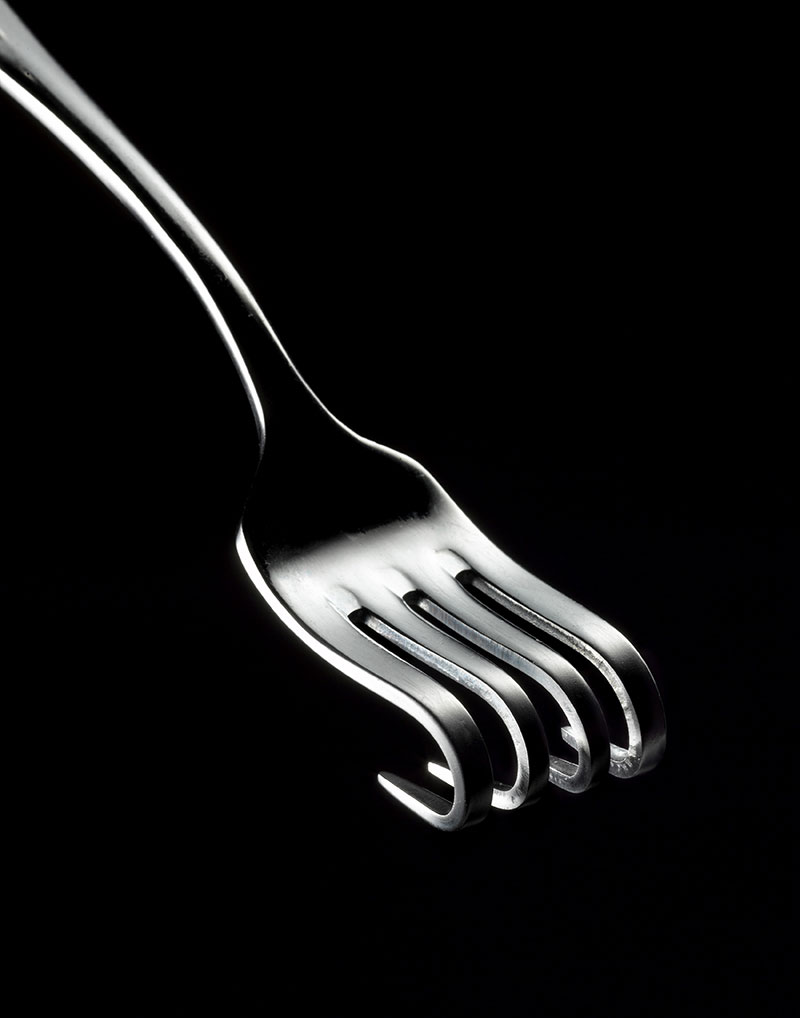
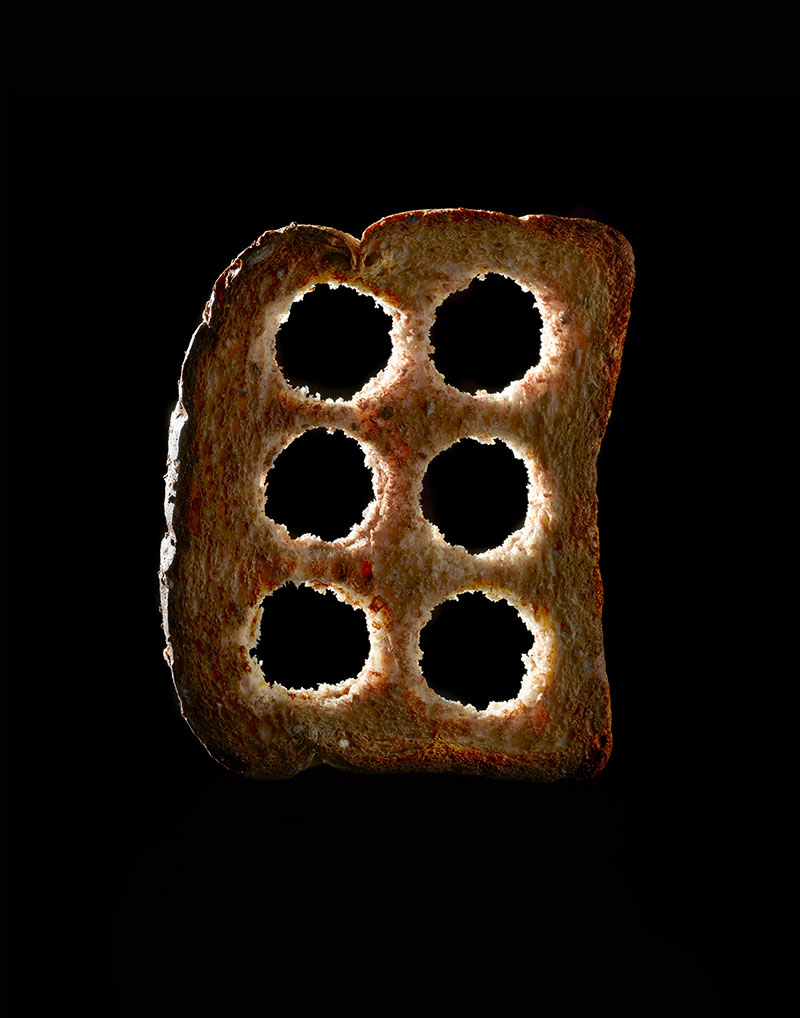
Shame, stigma, disillusion, misdiagnosis, lack of resources — a full spectrum of internal and systemic factors — can cut us from having a dialogue about mental health. A veneer of normalcy or turning a blind eye threatens to take its place. Out of sight, out of mind. Massimo’s work aims to break down our barriers and spark discourse. Speaking about how the project began, Massimo tells us: “The story of a childhood friend inspires this series. She was a young, smart girl who looked perfectly healthy. Nothing on the outside seemed distorted, hollow, or empty.”
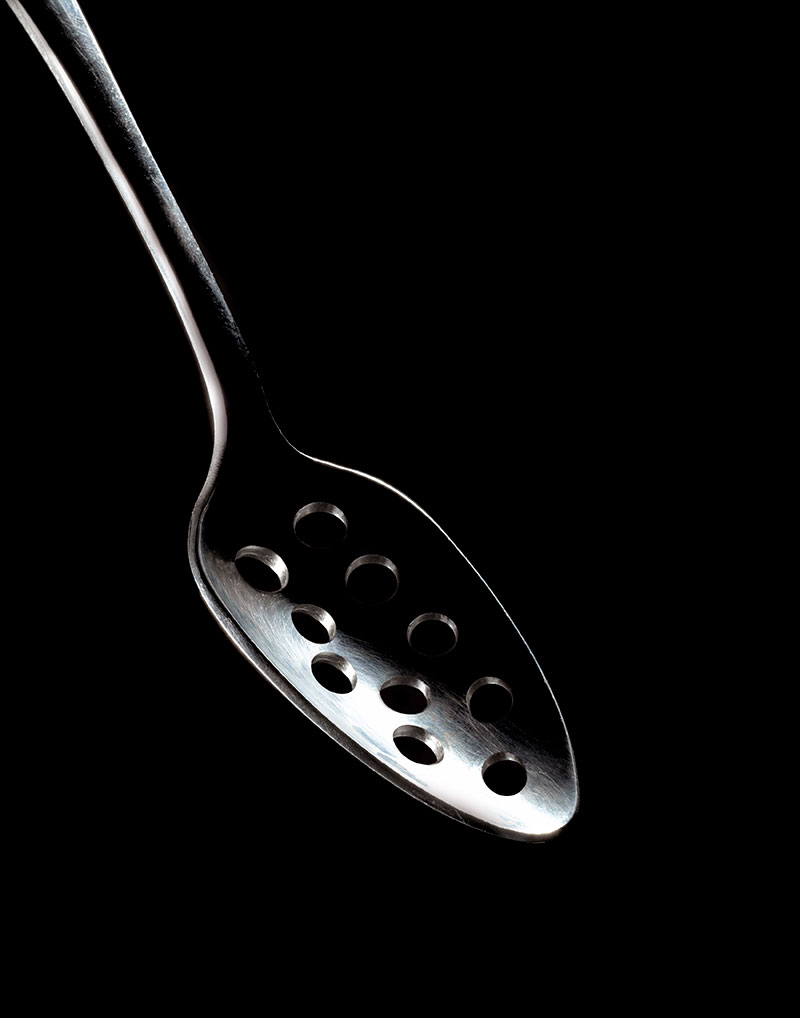
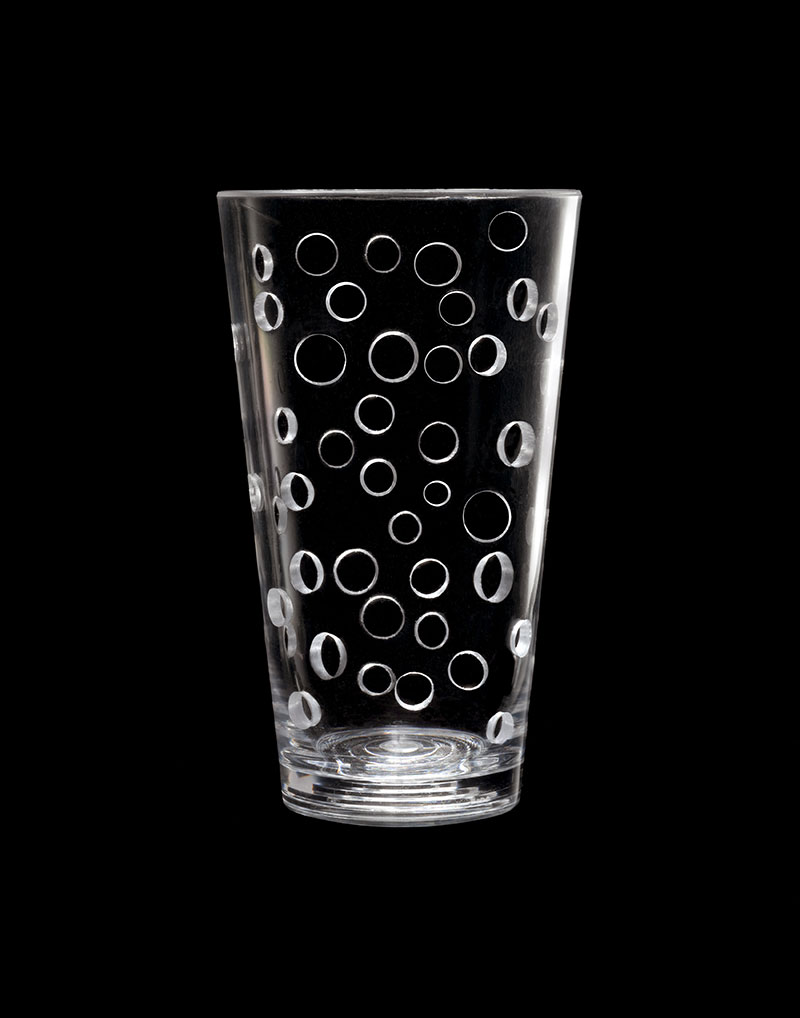
The photographs are like surreal portraits of familiar objects. It’s almost strange to appreciate their beauty when they depict such immeasurable pain. Discussing the compositions, Massimo says: “These images are of everyday food and utensils. Egg, bread, spoon, fork, a glass — there is nothing out of the ordinary. Or so it appears. Behind them, in the background, through the holes, lies a dark reality.” Indeed, rendered dysfunctional, these utensils become symbols of something else entirely, much like Dali’s clocks. Here, things that are meant to nourish the body become physical representations of the disease. Not only does the fork not work, but it’s as physically compromised as the person it can no longer feed. It’s dissonance.
Summing up the project, Massimo tells us: “Anorexia is a disorder that we’re often uncomfortable to discuss openly. Art is a powerful tool that can bring light, understanding, acceptance, and healing.” These images of impossible objects show us how western ideals of health and beauty are unreconciled.
At heart, anorexia is related to trauma. Also, mental health is extremely complex and a myriad of elements — like heredity, abuse, nutrition, history, and the medical industry — shape it all the time. Still, it would be a miss to disregard body image as it relates to the mental crisis we see today. Women are told to love their bodies no matter what, but that is a tall order amidst the prevalent objectification at the Kardashian scale.
There is something in the always-on Instagram aplomb that reflects our current values as a Western society. It begs the question of how much trying to keep up contributes to body dissatisfaction and the development of eating disorders among youth today. Especially where there’s a predisposition to a psychological imbalance. And this is just scratching the surface of this profound and multifaceted issue.
Massimo’s very personal story and images reflect our joint suffering as human beings. It’s not as bleak as it sounds. Hopefully, they also awaken us to the truth that we are enough. There is no universal template for beauty, much like there’s no template for living a life. Imagine the possibilities.
Ioana Friedman is an art director and Editor in Chief at The Daring. She’s led digital creative at Estée Lauder Companies and e.l.f. Beauty and has served in a creative capacity at Magnum Photos and powerHouse Books.


